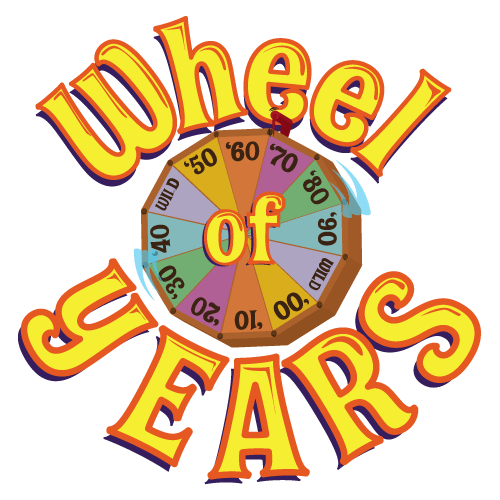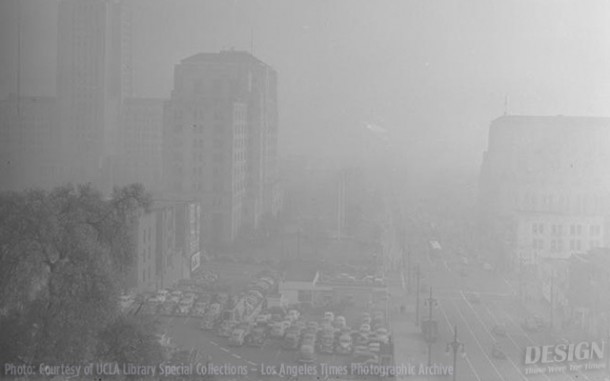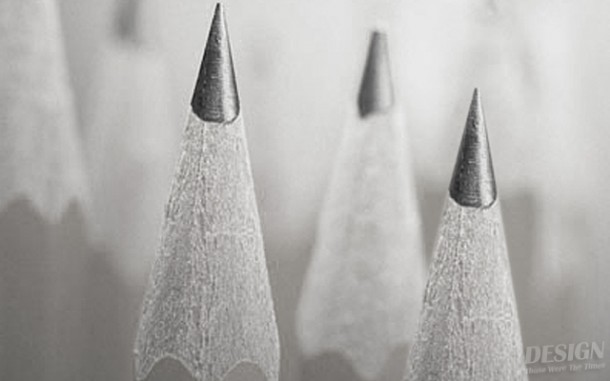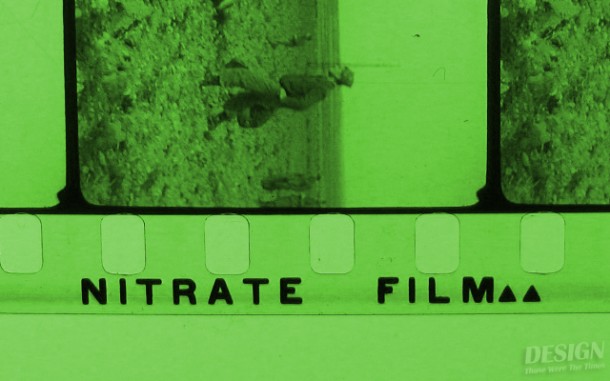Disney legend, Bob Gurr, proves the point that what doesn’t kill us makes us stronger. Or does it? Journey back to the toxic 1950’s with a survivor of better living through chemistry.
Today’s Wheel of Years has stopped at 1955, so here we go. On September 13, 1955, just as Disneyland’s opening summer season was winding down, Los Angeles suffered one of it’s smoggiest days ever. I was downtown that afternoon when everything turned a dark yellow, the sun was a dim circle, and you could see maybe one block. Folks were coughing, my eyes hurt real bad – it was awful. After a few hours one could see for two blocks – what a relief!
That was the day that science declared war on air pollution and a move was made towards environmental protection. I was there and never forgot that day. How did this smog stuff happen? It may seem totally nuts today, but back then most everything citizens did created air pollution. Gasoline powered cars left horrible fumes, paints created toxic gasses, oil refineries pumped out terrible smoke 24 hours a day, and the backyard incinerators belched the worst guck of all. Everyone had one, because there was not much in the way of city trash pick up at the time. You burned your stuff – paper, garbage, dead animals – my favorite was the smell of burning chicken feathers. That really upset the neighborhood!
On the winter mornings in the San Fernando Valley, temperatures would drop below freezing. The local agricultural farms protected their crops from freezing by burning crude oil in smudge pots, creating heat while belching out black smoke. When I would go out before dawn on my paper route, the smell was like burning rubber. As the sun rose, you couldn’t see much sky – just a dark gray pall of oily fog. We had a frost warning service that advised everyone by radio the night before of the forecast temperatures and when to go out and fire up the pots.
We grew apricots which I prepared for converting into dried fruit by placing racks of sliced fruit over trays of burning sulfur. It looked real neat at night with a weird blue glow, and I loved to sniff the interesting fumes. No one gave a thought to eating sulfur dried apricots. Something else had a very unique smell too – cyanide ant poison. I’d pour the powder grains down the ant holes, all the time enjoying the pleasant smell of cyanide gas. In the fall I’d trim our fruit trees, gather the cuttings into big piles, then setting off the biggest bonfire I could – great clouds of white smoke – oh glory.
Lots of folks smoked cigars and cigarettes – anywhere anytime, well maybe not in church, but our school teachers sure lit up in their break areas during recess. The fancy ashtray business was real big. Look at old photos of the Disney Studio animator’s furniture sometime – pretty classy big tall cigar stands everywhere. No one gave a thought to kids smelling all this stuff at home. Falling asleep with a cigarette and burning down the house was pretty common.
If you lived a bit far out of town and had no city trash or garbage service. you’d dig a big pit in the back yard, just heave garbage and tin cans from the kitchen out into it. After a number of years it’d be fun to rake thru the rusty cans to see if there was anything interesting to play with. Best part was digging thru other folks garbage pits for burned treasure. Yep, when the pit pile got too high, just set it on fire – that would compact it way down alright, smelly burn going on for days.
Lead pencils were a favorite. You could lick the tips while figuring out your test papers, since it was a unique flavor. Sometimes a kid would come to school with a container of liquid mercury. Now this stuff was way popular. You could roll it around in the palm of your hand, since it could be jiggled into big globules from tiny beads if you did it just right. How could this stuff be dangerous – it never soaked into your skin, it was a liquid metal.
Another neat trick was to get some movie film and roll some into tight rolls and stuff them into outdoor water faucets. When you’d light the stuff on fire and turn on the water, the nitrate film would flame and smoke madly creating a lot of attention. I didn’t learn until much later why movie studios have fire protected film vaults – nitrate is worse than dynamite. My mother would send me to the local gas station with a gallon glass jug to fill it with cleaning solvent. She’d dry clean our nice clothes with it. And the fumes from this work also had a neat smell. What if I’d dropped the jug, or a spark ignited the stuff while she was cleaning?
in 1955 the Disneyland Autopia cars surely did their part in adding to the smog of the times. Today I think the smoggiest place in Orange County just has to be Autopia with it’s inefficient little single cylinder gasoline powered cars. Now that so much of our environment is nearly free of of all the toxic stuff we created so long ago, it does seem weird that Autopia lives on almost unchanged over nearly sixty years, still puffing out it’s miniature smog. I’d love to see an electric Autopia car someday.
With virtually all American life now well protected, how the heck did we ever survive all the raw pollution that we now know should have killed us long ago. Maybe I’m living proof of having escaped all those times unscathed – or do I have a toxic internal time bomb ticking away? I’m age 82 – I’ll bet I’ll out-tick it.







You must be logged in to post a comment.